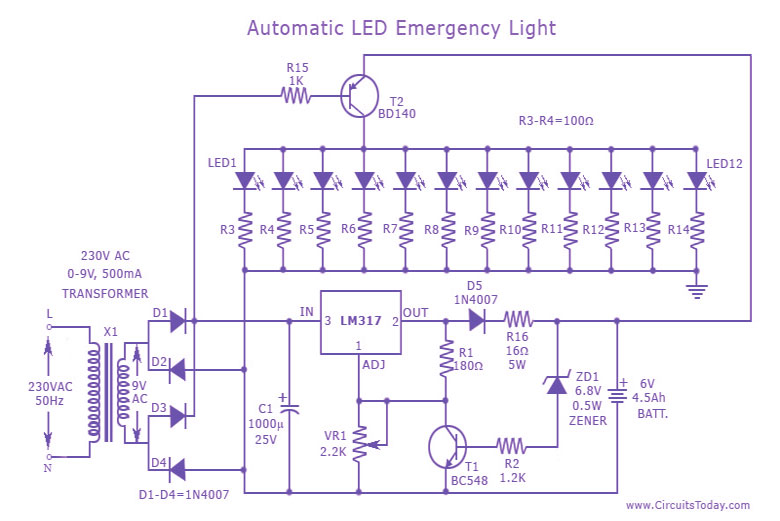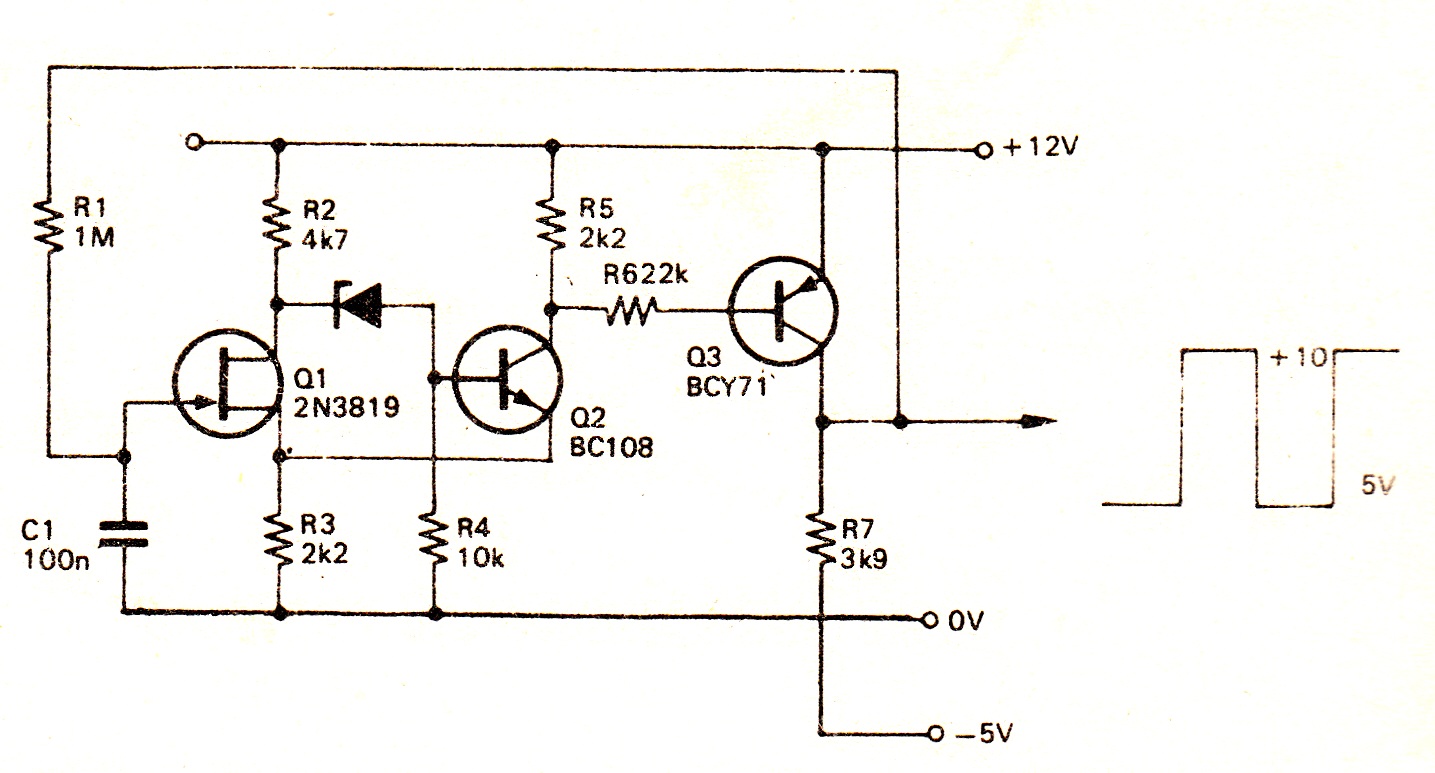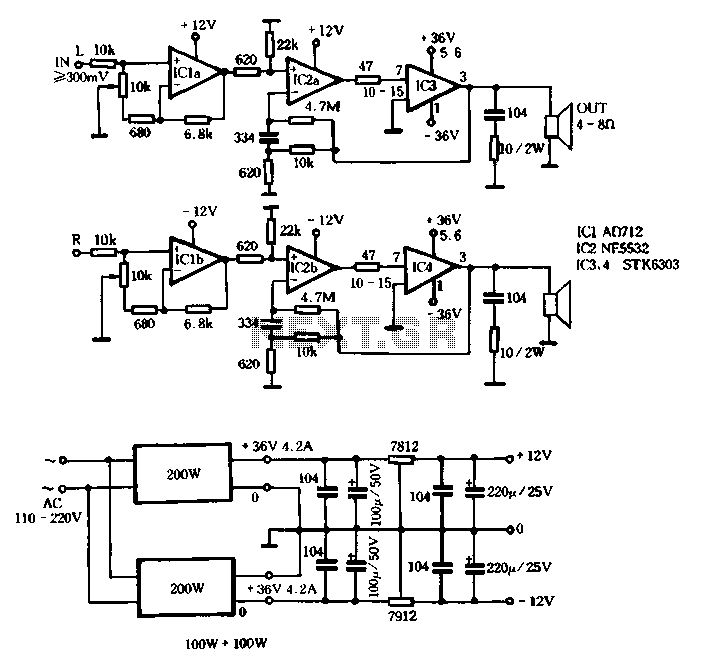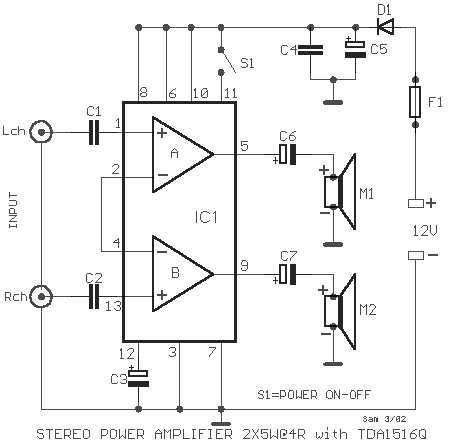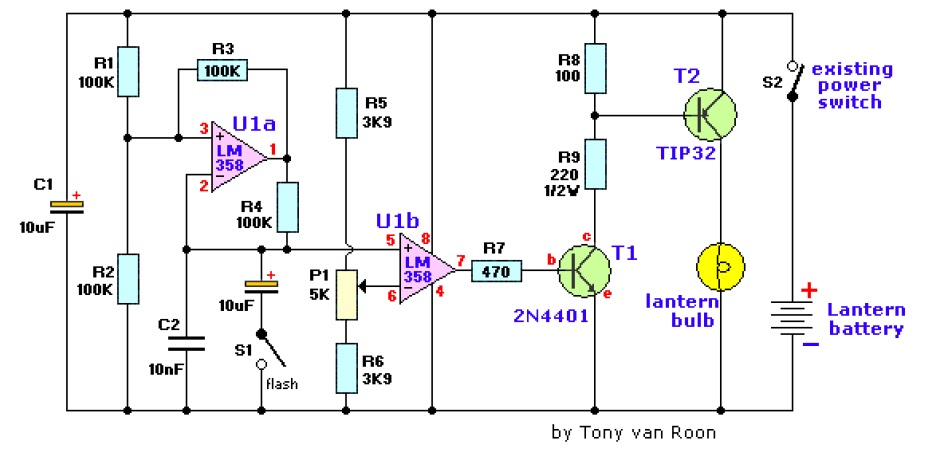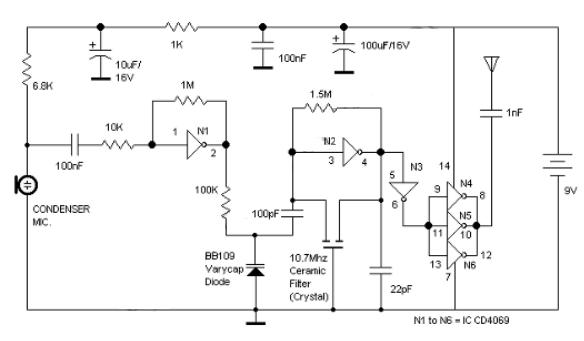
Square-wave generator circuit
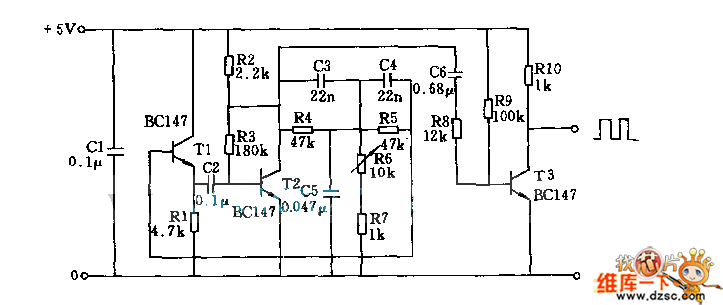
T1 and T2 in the circuit form the inherent oscillator, while T3 serves as the output stage. The network consists of a high-pass filter (C3, C4, R6, and R7) and a low-pass filter. The output from this network is fed to the base of T3 through C6 and R8. The required square wave oscillation signal is obtained at the collector of T3.
The circuit utilizes transistors T1 and T2 to create an oscillator, where the interaction between these two components generates a continuous oscillation. T3 acts as a buffer or amplifier, ensuring that the output signal is at an appropriate level for further processing or utilization.
The high-pass filter, composed of capacitors C3 and C4 along with resistors R6 and R7, is designed to allow higher frequency signals to pass while attenuating lower frequencies. This filtering action is essential for shaping the frequency response of the oscillator circuit, ensuring that only the desired oscillation frequencies are amplified and outputted.
Conversely, the low-pass filter serves to eliminate higher frequency noise from the signal, providing a cleaner output. The combination of these filters allows for precise control over the frequency characteristics of the circuit. The output of these filters is coupled to the base of T3 via capacitor C6 and resistor R8. The capacitor C6 blocks any DC component, allowing only the AC oscillation to control the base of T3.
At the collector of T3, the circuit produces a square wave oscillation signal, which can be used for various applications such as clock generation, signal modulation, or as a timing reference in digital circuits. The design ensures stability and reliability in the output signal, making it suitable for integration into larger electronic systems.T1 and T2 in the circuitform theinherent oscillator, T3 is output level. Network consists of high-pass filter (C3, C4, R6 + - R7) and low pass filter, it`s output is added to the T3 base via C6 and R8, and in the collector of T3, it willget required square wave oscillation signal.. 🔗 External reference
The circuit utilizes transistors T1 and T2 to create an oscillator, where the interaction between these two components generates a continuous oscillation. T3 acts as a buffer or amplifier, ensuring that the output signal is at an appropriate level for further processing or utilization.
The high-pass filter, composed of capacitors C3 and C4 along with resistors R6 and R7, is designed to allow higher frequency signals to pass while attenuating lower frequencies. This filtering action is essential for shaping the frequency response of the oscillator circuit, ensuring that only the desired oscillation frequencies are amplified and outputted.
Conversely, the low-pass filter serves to eliminate higher frequency noise from the signal, providing a cleaner output. The combination of these filters allows for precise control over the frequency characteristics of the circuit. The output of these filters is coupled to the base of T3 via capacitor C6 and resistor R8. The capacitor C6 blocks any DC component, allowing only the AC oscillation to control the base of T3.
At the collector of T3, the circuit produces a square wave oscillation signal, which can be used for various applications such as clock generation, signal modulation, or as a timing reference in digital circuits. The design ensures stability and reliability in the output signal, making it suitable for integration into larger electronic systems.T1 and T2 in the circuitform theinherent oscillator, T3 is output level. Network consists of high-pass filter (C3, C4, R6 + - R7) and low pass filter, it`s output is added to the T3 base via C6 and R8, and in the collector of T3, it willget required square wave oscillation signal.. 🔗 External reference
